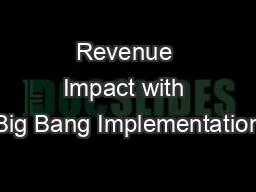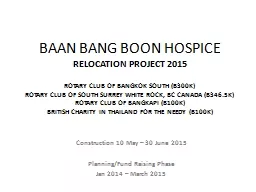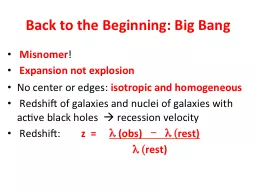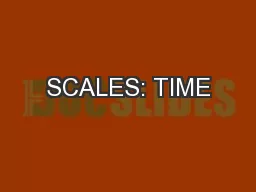PPT-Revenue Impact with Big Bang Implementation
Author : heartersh | Published Date : 2020-08-07
Presented by Jack Hueter amp Novi Vinod Agenda for today Introductions LVHN organization and timeline Steps taken throughout implementation End results Lessons learned
Presentation Embed Code
Download Presentation
Download Presentation The PPT/PDF document "Revenue Impact with Big Bang Implementat..." is the property of its rightful owner. Permission is granted to download and print the materials on this website for personal, non-commercial use only, and to display it on your personal computer provided you do not modify the materials and that you retain all copyright notices contained in the materials. By downloading content from our website, you accept the terms of this agreement.
Revenue Impact with Big Bang Implementation: Transcript
Download Rules Of Document
"Revenue Impact with Big Bang Implementation"The content belongs to its owner. You may download and print it for personal use, without modification, and keep all copyright notices. By downloading, you agree to these terms.
Related Documents














